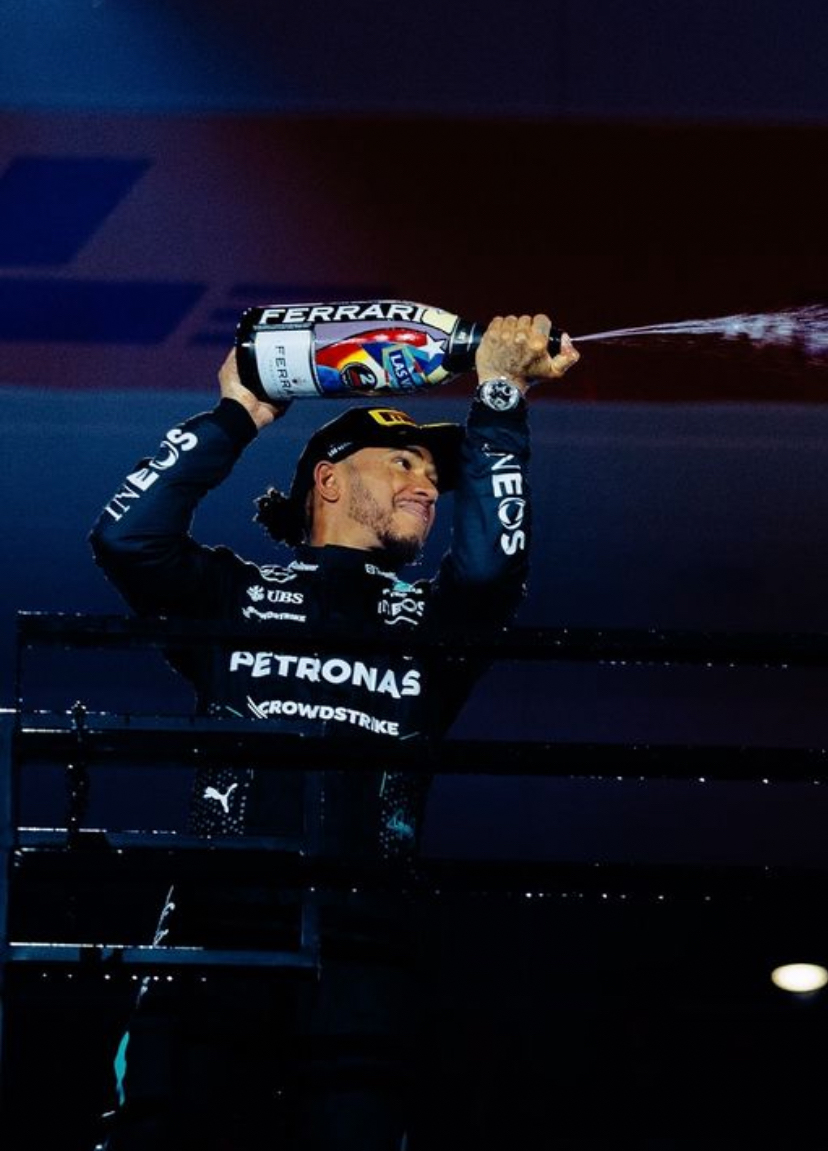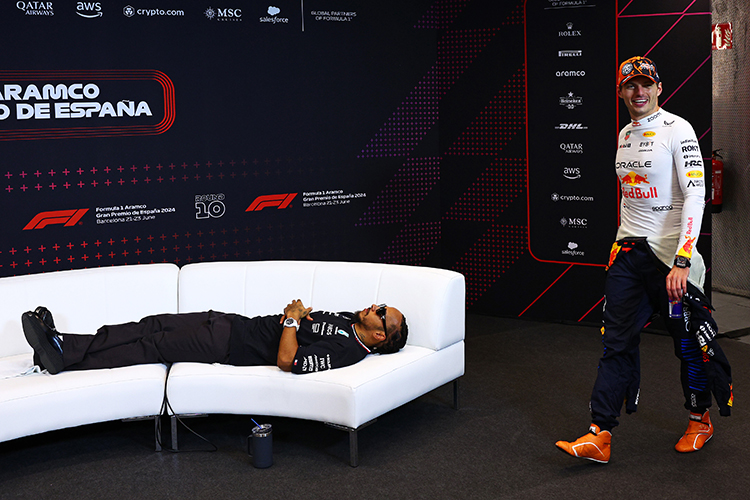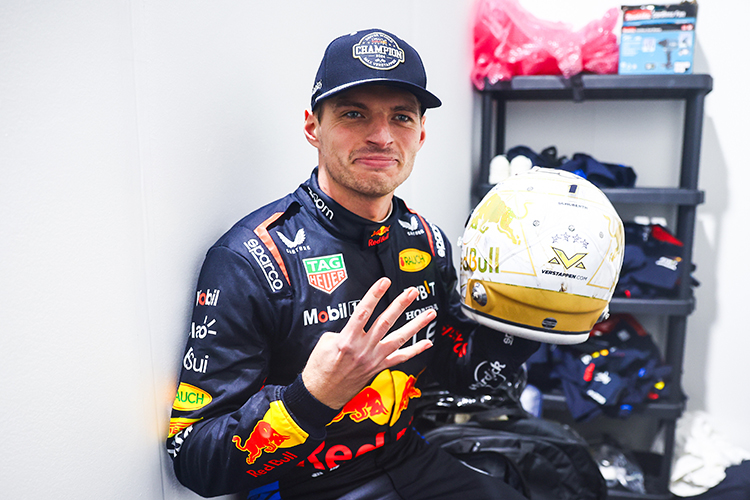Why Do Formula 1 Drivers Sit So Low?

Formula 1 World Champions: A legacy of racing legends
Why do F1 drivers sit so low?
Why Do Formula 1 Drivers Sit So Low?
Learn why Formula 1 drivers sit so low in their cars. Explore how this design choice enhances aerodynamics, improves handling, ensures driver safety, and optimizes performance.
In the high-performance world of Formula 1 racing, every design decision counts. One such decision is the extremely low seating position of the drivers. While it might seem unusual, this design choice is integral to the performance and safety of the car. In this article, we’ll explore the key reasons behind this low seating position and how it benefits F1 racing.
Aerodynamics
One of the most significant reasons F1 drivers sit low is to improve the car's aerodynamics. Aerodynamics plays a crucial role in F1 performance, directly impacting speed and fuel efficiency. By lowering the driver’s seating position, engineers create a streamlined profile that reduces aerodynamic drag, allowing the car to cut through the air more efficiently.
A lower seating position also contributes to improved downforce. The downforce generated by the car’s aerodynamic design helps it stay grounded, increasing cornering speeds and overall stability. A lower center of gravity resulting from the driver's position enhances the car’s downforce, boosting its overall aerodynamic performance.
Center of Gravity
The center of gravity (CoG) is critical to an F1 car's handling. By sitting low, the driver helps reduce the overall CoG of the car, which makes it more stable, particularly during high-speed cornering. A lower CoG minimizes the risk of the car tipping over, improving its balance and handling.
In addition, a low seating position contributes to better weight distribution within the car. When the driver is positioned low and centrally, it optimizes the weight distribution, allowing for better tire performance and grip. This results in a more predictable and manageable driving experience.
Safety Considerations
Safety is a top priority in Formula 1, and the low seating position plays a significant role in protecting drivers during crashes. In the event of a collision, a lower seat position reduces the risk of ejection and minimizes the forces that act on the driver’s body. The car's monocoque, or survival cell, is designed to absorb impact energy, and sitting low enhances the protection it offers.
Despite the lower position, drivers also benefit from improved visibility and control. The seating design is optimized to ensure that drivers can easily view essential data on the steering wheel and the car’s performance displays, allowing for quick reactions during critical moments in the race.
Technical Aspects
F1 drivers endure extreme physical demands during a race. The low seating position helps distribute the forces experienced during acceleration, braking, and cornering more evenly across the driver’s body. This ergonomic efficiency reduces fatigue and enhances performance, ensuring that drivers can maintain their best throughout the race.
Another key element is the custom fit of the driver’s seating position. Each F1 car is specifically tailored to its driver’s body dimensions, ensuring maximum comfort and control. This personalized seating position helps optimize the driver’s ability to manage the car’s complex controls, further contributing to overall performance.
In conclusion, the low seating position of F1 drivers is the result of precise engineering decisions that optimize aerodynamics, improve handling, enhance safety, and increase ergonomic efficiency. This innovative approach to driver seating helps F1 drivers achieve higher speeds, maintain control, and stay safe in the intense environment of Formula 1 racing.
Up Next


